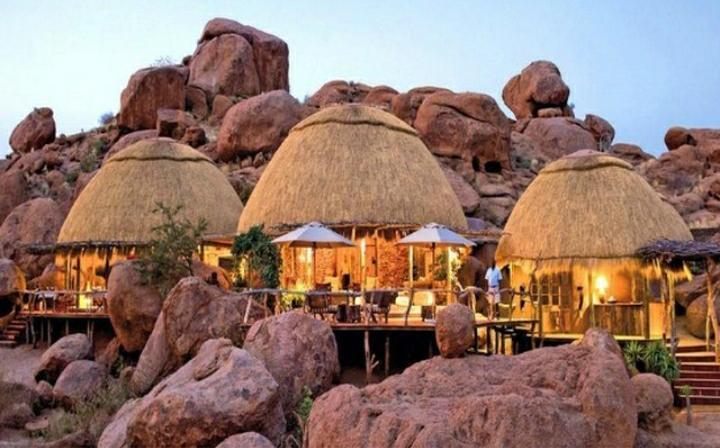Africa-Press – Namibia. NAMIBIA is once again expected to move up in the ranks of the destination of choice for visitors from overseas after Germany removed the country from its list of high-risk areas.
Namibia was taken off the list of high-risk countries on 12 September, which effectively means that travel to and from Namibia from countries that form part of the European Union and elsewhere, has become easier, with demands for excessive testing, quarantine and re-testing no longer necessary.
Gitta Paetzold, Chief Executive Officer of Hospitality Association of Namibia (HAN), said that September is proving to be a very good month for the Namibian tourism industry, with the built up to international tourism day on 27 September bringing many positive announcements.
Paetzold further encouraged Namibians to take vacation in their own country, and to escape to the many beautiful destinations within Namibia. “We expect that this new status will put focus on Namibia as a desirable travel location for many Europeans, who are now slowly approaching their autumn and winter months and thus are very keen to escape to the wide-open spaces of Namibia,” said Paetzold.
Paetzold added that just last week Friday, at least 15 vehicles stopped at one of Namibia’s pristine tourism attractions, the Kolmanskuppe Ghost Town near Lüderitz, for guided tours.
“This is a good sign, and with decreasing Covid-19 cases, the positive tourism campaigns and the recognition that Namibia is no longer a risk country, all bodes well for a tourism recovery that Namibia has been working towards for the past year,” concluded Paetzold.
Gys Joubert, the Managing Director of country’s premier private tourism operation, the Gondwana Collection, also noted that the decision by Germany and a few other European countries will bring welcome relief for the industry.
“This is a very positive step for Namibia and we are extremely grateful. Although the decision, by Germany specifically, was implemented a few days ago, we already saw a small uptick in enquiries from potential visitors and that is a positive sign,” Joubert said.
He added that even more important than being removed from the dreaded list of high-risk areas, is the fact that Namibians will now have to take every possible step to protect this status.
Despite the fact that the number of enquiries from potential visitors has increased slightly, Joubert said that the next six months will be a better indication of increased visitor numbers.
Sunday’s announcement by Germany to remove Namibia from its list of high-risk areas comes in the wake of an official launch of a renewed domestic tourism drive by the Minister of Environment, Forestry, and Tourism, Pohamba Shifeta.
Despite the fact that the campaign is aimed at the domestic tourism market, the minister said that a strong public-private partnership model needs to followed because it is vital for the revival of the industry in general. Shifeta said that clear communication is needed to inform prospective visitors that they can travel without any concern.
“Social media campaigns have proven effective thus far. Amplifying focus on unexplored tourist destinations would also add novelty to state tourism. Such messaging must include the two things that are critical for visitors: That their safety is assured and that Namibia is an attractive travel destination,” he proposed.
According to Shifeta, another element that would be vital to the revival of the tourism industry is the value for money proposition. “Better value propositions are sought after by all visitors, not just the domestic tourists,” he said.
With regard to domestic tourism, the minister said that that the new campaign will include visitors from the Southern African Development Community (SADC) and that special offers have been created to cater to this market.
“A strong collaboration between public and private operators is needed to convey the message that the country is open for domestic and foreign tourists, that it is safe and attractive to travel. We also need to give reassurances of where tourists can travel, that cancellation policies are lenient, and that they will be safe wherever they opt to go,” Shifeta said.






